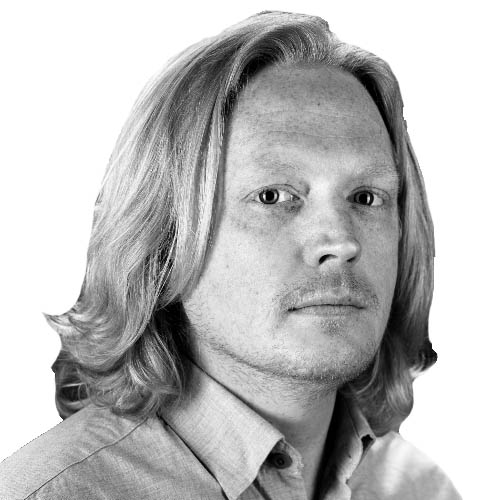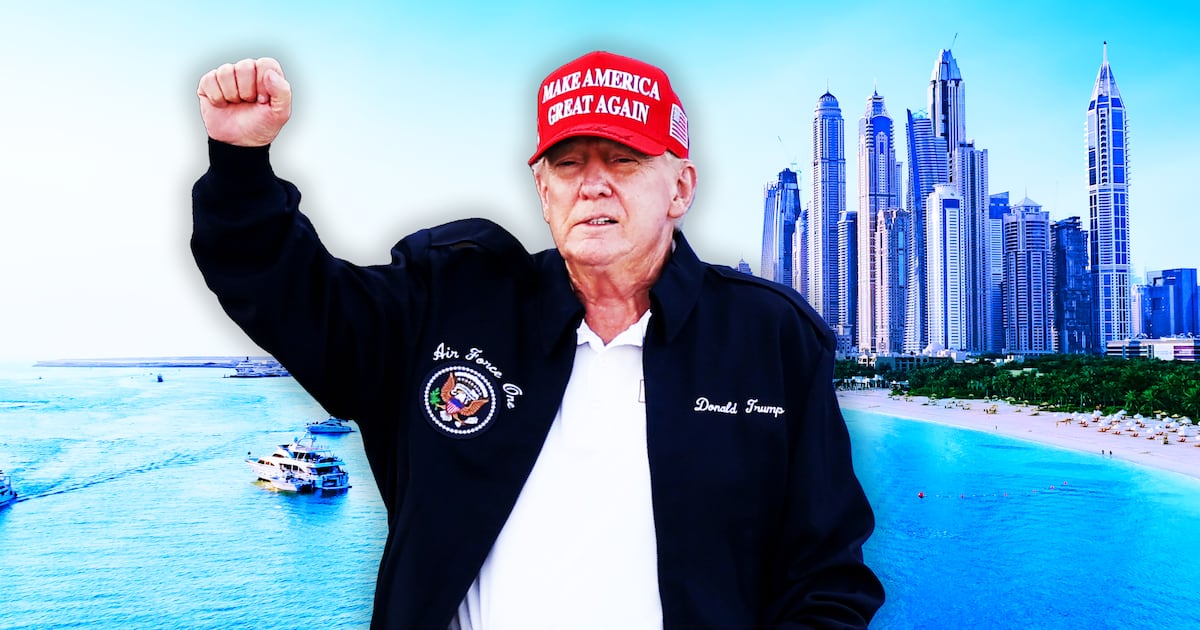CHICAGO — Within six seconds of meeting Laquan McDonald on Oct. 20 last year, Chicago police officer Jason Van Dyke began shooting.
Prosecutors said the first shots spun the 17-year-old boy and sent his arm into the air. The next 13 bullets landed with dull thuds as McDonald lay dying on the ground, causing “clouds of debris” to explode from his body—tissue and pavement torn apart by lead. When the shooting stopped—15 bullets from the cop’s magazine and one from the pipe of his 9 mm service weapon—Van Dyke began to reload.
It took Van Dyke’s partner telling him to stop firing, that McDonald was having trouble breathing, and McDonald’s three-inch blade was folded into the knife’s handle, to make Van Dyke stop shooting, according to prosecutors.
By the time McDonald reached the hospital, he was dead.
Now Van Dyke stands accused of first-degree murder, the first time a police officer in the city’s history has faced such a charge for an on-duty shooting. (He’s also being held without bail.)
If all this wasn’t disturbing enough to hear, the world will see video of the slaying by tomorrow.
The video wasn’t supposed to be released after the city settled with McDonald’s family for $5 million, but Cook County Judge Franklin Valderrama ruled in favor of a lawsuit brought against the city by independent journalist Brandon Smith to show the video.
“To watch a 17-year-old young man die in such a violent manner is deeply disturbing,” state’s attorney Anita Alvarez said, “and it will tear at the hearts of all Chicagoans.”
Activists, community organizers, black clergy members, journalists, and police have been preparing for the repercussions of the video’s release for days. On Monday, Mayor Rahm Emanuel held meetings with black clergy and community leaders, many of whom have urged calm and called for peaceful protests.
Unrest may be difficult to avoid if the video is as brutal as attorneys and members of law enforcement say it is. Van Dyke’s own lawyer has said the footage of McDonald’s death is difficult to watch.
“He’s scared to death of the possible outcomes” once the video is released, Van Dyke’s attorney, Dan Herbert, said Friday.
Van Dyke has good reason the be concerned: It sounds like an execution.
The indictment coming down within a week of the order requiring the video’s release being coincidental are “slim to none,” black activist William Calloway told The Daily Beast.
“I want to definitely say that this is a political public relations move to pacify the residents of the City of Chicago and Cook County,” he said Monday afternoon as word of a coming indictment began circulating.
Calloway, who was pleased to hear news of the pending indictment late Monday, said it may do little to blunt the anger and pain that the video is expected to produce.
“At this point in Chicago, it makes no difference whether he was going to be indicted or not,” he said. “Because it’s not only what he did, but what 300 or some other officers have done prior to that in killing mostly unarmed black men.”
Before the indictment was announced, Mayor Emanuel held meetings with community members but some, including a few in Calloway’s circle of young African Americans calling for police reform, chose not to participate.
“We don’t have nothing to say to Rahm Emanuel,” he said.
The Black Youth Project also stayed away from the meetings. That group and others have called for Van Dyke’s immediate firing, as well as the firing of Superintendent Garry McCarthy. Calloway and activists aligned with him also would like to see a suspension of pay for officers under investigation for fatal shootings—Van Dyke was put on desk duty after McDonald’s death, a typical department move for other cops who have fatally shot civilians.
Van Dyke has been the subject of 18 complaints ranging from using racial epithets to excessive force to illegally arresting people, according to personnel records obtained by the Invisible Institute, a police-accountability nonprofit.
Lorenzo Davis, a former Chicago police commander and IPRA supervisor who has turned into a police-accountability whistleblower, wasn’t surprised by the allegation that Van Dyke had used racial slurs on the job.
“That’s normal for Chicago Lawn,” he said of mostly white officers working in that majority black neighborhood where McDonald was killed. “They have an excessive number of those types of complaints there.”
But 18 complaints in 14 years in some of Chicago’s toughest neighborhoods isn’t necessarily a large amount, Davis said, adding a caveat.
“In a way, that’s a lot because most of the people who you may use improper force against are not going to complain,” he said. “So if you have 18 documented complaints, odds are you have quite a bit more than that.”
One of those complaints for misconduct is the McDonald shooting, according to the personnel records obtained by the Invisible Institute. Like many of the others, the outcome of that complaint—issued by a white male witness to the killing—is unknown.
A year after McDonald’s death, and on the day prosecutors are set to determine if Van Dyke should be charged with murder, the Chicago Police Department still hasn’t concluded whether or not the officer should be disciplined.






